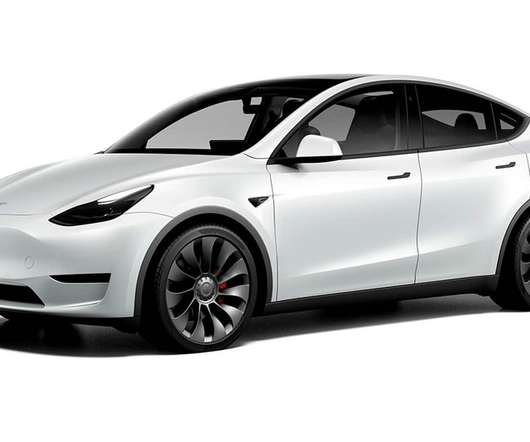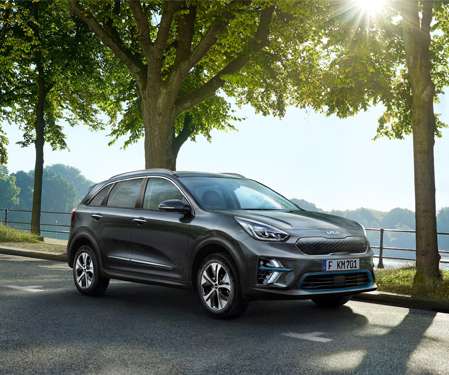EV sales in Norway explode ahead of policy changes
Push EVs
JANUARY 5, 2023
Norway’s auto market saw plugin EV volume explode to take 87.6% Petrol vehicles also saw a relative sales surge ahead of increased emissions taxes. PHEV’s relatively low share was not due to their fall in volume, rather that the volume of BEVs and petrol vehicles were much higher than usual.












Let's personalize your content